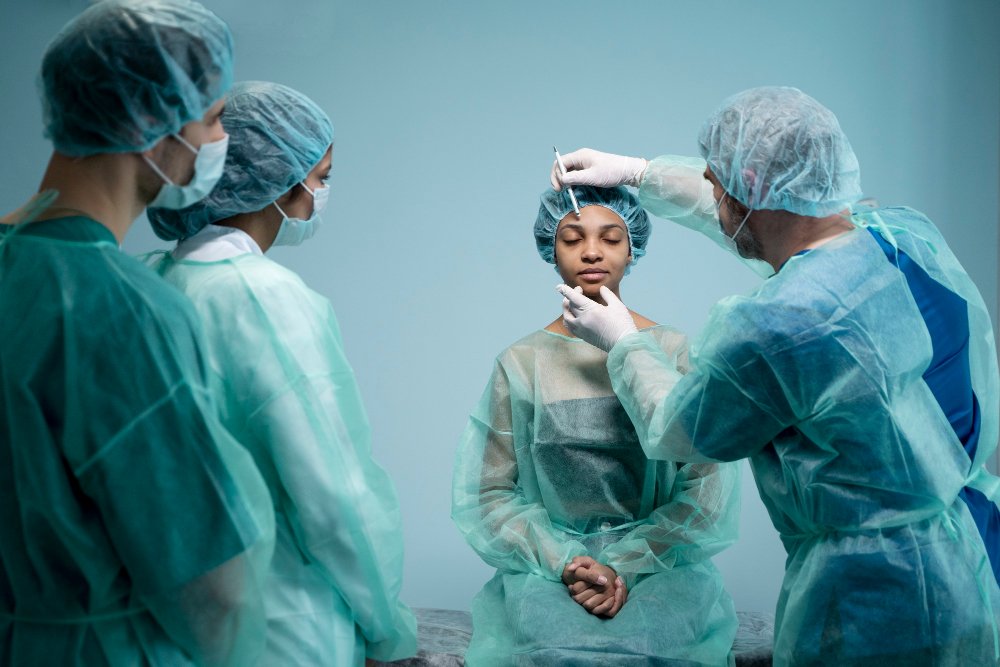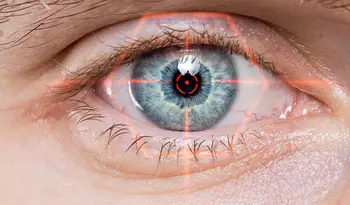Ptosis surgery is a corrective procedure to lift a drooping upper eyelid that may obstruct vision or affect appearance. Like any surgical intervention, it comes with both potential benefits and risks. Understanding these will help you make an informed decision and prepare for what to expect before, during, and after surgery.
Benefits of Ptosis Surgery
1. Improved Vision
One of the main reasons patients seek ptosis surgery is to restore their field of vision. When the eyelid droops, it can block part of the eye, making it difficult to see clearly, especially in the upper field of view. Surgery elevates the eyelid, allowing:
- Better peripheral vision
- Easier reading and driving
- Reduced eye strain and fatigue
2. Enhanced Appearance and Confidence
Ptosis can give the appearance of tired or aged eyes. Surgery can:
- Restore a more youthful, alert look
- Symmetrize eyelids for balanced facial aesthetics
- Boost self-confidence and psychological well-being
3. Long-Lasting Results
Ptosis surgery generally provides durable correction. While aging may affect eyelid position over time, most patients enjoy years of improved eyelid function and appearance.
4. Minimal Scarring
The incision for ptosis surgery is often hidden in the natural eyelid crease, making any scars discreet and usually barely noticeable.
Risks of Ptosis Surgery
While ptosis surgery is generally safe when performed by an experienced surgeon, it carries some potential risks and complications:
1. Undercorrection or Overcorrection
- Undercorrection: The eyelid may not be lifted enough, leaving some droopiness that might require revision surgery.
- Overcorrection: The eyelid may be raised too high, causing difficulty closing the eye fully, which can lead to dryness or irritation.
2. Infection and Inflammation
As with any surgery, there is a small risk of infection. Your surgeon will prescribe antibiotics and advise on proper wound care to minimize this risk.
3. Dry Eye or Irritation
If the eyelid does not close properly post-surgery, it can cause dryness or irritation. Lubricating eye drops or ointments may be needed temporarily.
4. Scarring or Poor Wound Healing
Although scars are usually minimal, some patients may develop thicker, visible scars or delayed healing, especially if they smoke or have certain medical conditions.
5. Asymmetry
Despite best efforts, slight differences between the two eyelids can occur. Sometimes, a secondary procedure may be necessary to improve symmetry.
6. Temporary Blurred Vision or Sensitivity
During the healing phase, you may experience temporary blurred vision, light sensitivity, or swelling that affects vision.
7. Rare Complications
Rarely, more serious complications such as damage to eye muscles, vision loss, or anesthesia-related issues can occur. These are very uncommon but important to be aware of.
Factors That Influence Risks and Benefits
- Overall Health: Certain conditions like diabetes, bleeding disorders, or autoimmune diseases can increase risk or affect healing.
- Age and Skin Quality: Older patients may have different healing responses or require modified techniques.
- Surgeon’s Experience: Choosing a skilled, board-certified ophthalmologist or oculoplastic surgeon reduces risk and improves outcomes.
- Following Post-Op Instructions: Careful adherence to your surgeon’s guidelines minimizes complications and promotes smooth recovery.
What to Discuss With Your Surgeon
Before surgery, be sure to talk about:
- Your specific symptoms and goals
- Potential risks based on your health history
- Expected recovery timeline
- How the surgery will be performed and what type of anesthesia will be used
- Signs of complications to watch for after surgery
Conclusion
Ptosis surgery offers significant benefits for vision improvement and cosmetic enhancement, helping many patients regain both function and confidence. However, understanding the risks helps set realistic expectations and encourages careful preparation and follow-up care.
If you’re considering ptosis surgery, a detailed consultation with your surgeon will help you weigh these factors and decide if this procedure is right for you.




